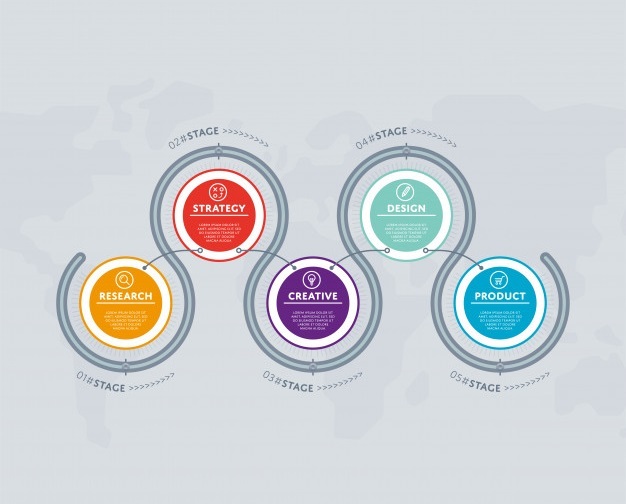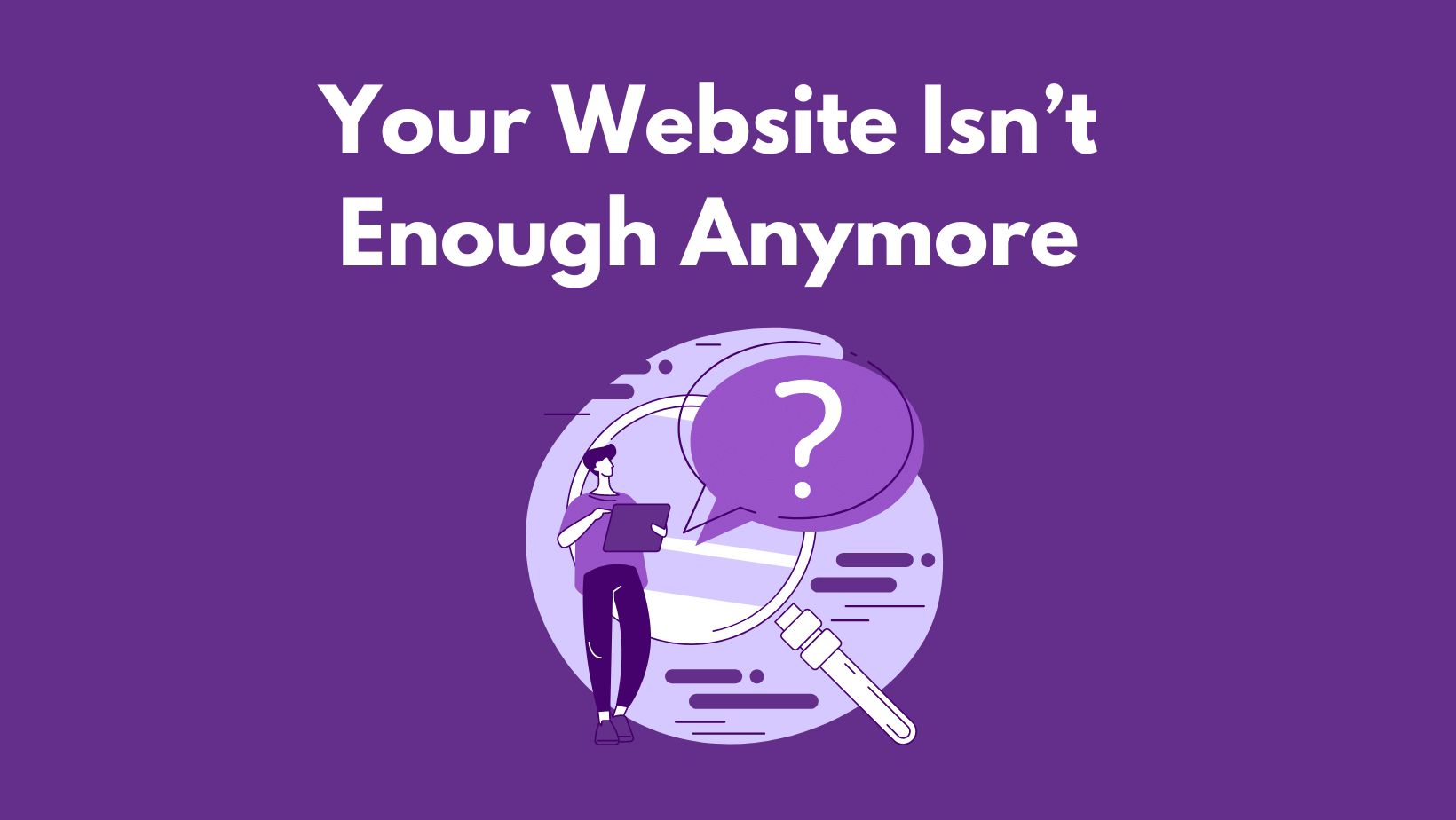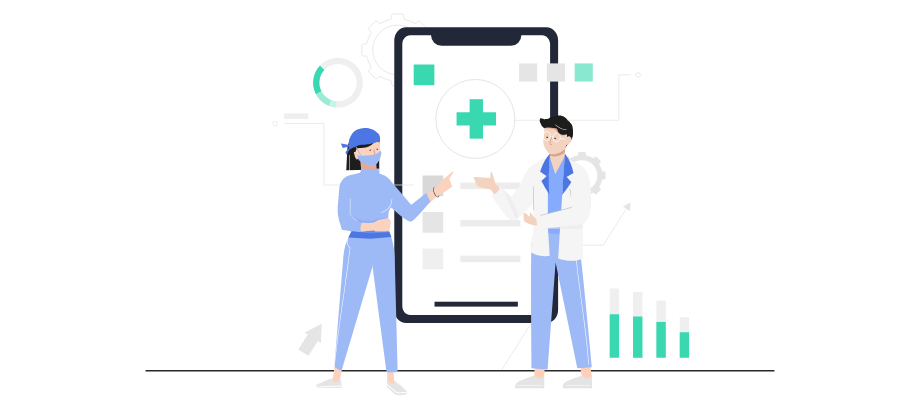Key Role of Project Discovery Phase in Custom Software
Well how often in everyday life do we come across the launch of a new product such as a software or a website or any product benefitting any cause? For the target audience it is just a product launch, but only the business owners know how many steps an ideal project undergoes to be launched and made available. The minor ones may vary company to company but the primary and most vital steps taken by the business owners are pretty much what makes the product good or bad. The primary thing to start with is the critical thinking and planning where all the aspects of the project are analyzed very carefully. In this blog, we will go through the main and the most vital step in the custom software development cycle.

Main stages in Project Development
Typically a project undergoes a series of trivial steps and these steps may vary a little with respect to the name but are usually the same. The main stages are as follows:
Initiation:
As the name shows, initiation refers to coming up with the idea of what you are going to design. It means getting a nod on the idea from everyone included in the project and the initialization of the project.
Planning:
The time window and the steps to make the project successful such as the resources to utilized, the people and their roles and deadlines for every role. You need to plan the whole thing to make sure that everything is well organized.
Execution:
The core role where the execution and the implementation of the project takes place. The main steps of development and testing after which the product development reaches the final steps closer to the launch.
Monitoring:
The step where you monitor the post execution phase of the project. The performance monitoring of the project where the project’s progress is figured out according to the launch and release.
Project Close/Release:
The final launch of your product when the product is presented to the end users and the customers. The customer decides whether the requirements are actually met or there is still room for improvement.
Project Discovery Phase: What is it and why is it needed?
This brings us to the main topic of discussion of our blog that is what is the discovery phase and why is it absolutely necessary for a project to undergo this phase. The Project Discovery Phase is the process of collecting and carefully analyzing the information about the project such as the main purpose, the objective and the problem statement and the solution. You need to define the scope of the project and the goal as well as the limitations. Most importantly, you need to decide your target audience and how your project will server their needs.
The main heads such as the project manager, business analyst and the account managers are the leaders leading the discovery phase. Now let us answer the second question that is the purpose of why this phase is so important for the success of the project. This discovery stage keeps you aware of all the aspects of a project and most importantly gets you prepared for any uncalled circumstances your project can go through. It minimizes the chances of any uncertainty and risk causing factor deep rooted in your project. Pretty cool, right? Now let’s get slowly into the detail of the project discovery phase.
Personnel’s Involved in the Discovery Phase
A group of people are responsible for the implementation of the discovery phase. We will look one by one which role is important and why?
Project Manager/Product Owner
From the technical perspective the project owner is the person who decided the requirements of the project after either gathering requirements from the customer or by searching through the market to see what the requirements are according to the problem statement and the solution to be proposed. If using the scrum methodologies, the product owner creates a User Story that contains the business requirements and the steps to be taken. Another thing to be determined is the acceptance criteria of the project which decides when the project is accepted by the product owner as per the provided requirements. The timelines are also defined by the project owner where the defined time is the total time taken by all the persons involved in the development of the project.
Interface Designer
The designer which defines the user interface and the requirements that the interface needs to cater as per the requirements defined. The user interface needs to give accessibility to the main product keeping in mind the complexity levels as per the end user. The designers need to keep the estimated time in mind and create a prototype for the first experience and then keep modifying it till all the requirements are completely met.
Software Developer Lead
The key person involved who manages all the heavy development using a set of tools and a well-defined set of APIs as per the specifications of the project. The software usually goes through a process called SDLC (Software Development Life Cycle) where the necessary steps are proposed and the phases are decided through which the project undergo. It also includes the architectural and technical experts and their takes on the whole project. And finally after the project is developed, the testing phase starts which makes sure that all the requirements presented by the stakeholders are met and work perfectly fine.
Stakeholder/Client
The stakeholder or the client is the person that is presented with the final product. The stakeholder then decides if the project contains all the necessary requirements as per the business specifications or the project needs to undergo another phase of development to satisfy the required needs. This process is repeated to the extent when the client finally decides the launch to be finalized after being presented with the perfect product.
Roles of the Project Discovery Phase
This brings us to the main stages of the discovery phase i.e. the tasks and the responsibilities of the mentioned people according to their roles.
Requirement and Specification Gathering
The requirement phase is typically the most critical phase. The reason of the claim is that the requirements need to be well understood by the product owner and no ambiguities should be left behind for designing a well-designed project. The client needs to also explain the requirements very well so there is no problem either in the understanding or in the implementation phase. Market competitors also play an important role in the requirement understanding of the project so a well read and studied project always yields comparatively better results.
Remove and Figure out Limitations and Bottlenecks
The bottlenecks are hand in hand with every project as every project. Every project is open to risks and failures and a good project is where most if not all the limitations are already catered to. For example, if your project has a risk of failure in an unidentified area at the implementation make sure that the testing phase gets hold of it and does not go unnoticed. A well trained team of developers and testers is always required for the stability of the product.
Present Ideas and Solutions
Every team involved in the development should make sure that they come up with amazing and simplified ideas where the high level picture is pretty much clear to everyone involved. The best solution should be the one to be used for the development which uses less resources and produces better outcomes. This is only possible if every team member involved comes up with something unique and efficient.
Decide the priorities and estimates
Well, you all might have come across a situation where you need to prioritize the project requirements as per their need by the stakeholders. Define the deadlines according to the resources and the preparations required for any step. This is very helpful in the long run as you make sure that the primary things are taken care of more importantly then the secondary ones.
Estimate the budget
Money and resources are very critical when it comes to producing a product and making sure the profits and losses are well read. So make sure that a wise and well informed decision is made in estimating the cost and budget. A minor mistake can cause you a huge loss and being well prepared may save you a lot too.
Perquisites of the Project Discovery Phase
Now that we have got an idea on how to implement the project discovery phase, we need to quickly go through the benefits of implementing it. This gives you a very clear idea on why missing this phase could cause you so much trouble.

No miscommunication or wastage
To start with the primary benefits, miscommunication leads to a tons of problems and on the other hand, a well-documented and defined requirement or scope leads to a precise result where the chance of error is minimalized. So there is that, you can always rely on your documents that are approved and gone through phases making sure no requirements are missed.
Deadlines are met
When everything is divided into tasks and the tasks are scheduled, there is a very less chance of deadlines being missed. Not just that, realistic timelines keep everyone on track and saves everyone a lot of time.
Accurate Technical Specifications
Technical gaps can cause huge, I repeat HUGE losses when it comes to technicalities. Defining a scope makes it very easy for you to reach every minor detail of your software. You need to keep a balance between the needs and the technicalities of the project by making sure no area goes unnoticed.
Zero Uncertainties
Uncertainty leads to a lot of problems. Using project discovery phase makes sure that there is nothing hidden and a big picture is presented. This keeps everyone informed of the decisions on a single platform and this leads to amazing outcomes. Communications, research and a good analysis makes you look at the goal very visibly.
Builds Trust
Keeping everything on track and creating an error free product creates a trustful environment where you can easily win the trust of the customers or stakeholders. The in depth discussion keeps the vendors well informed about all the decisions and the outcomes become pretty clear. And trust goes a long way in any business according to experts.
Summing it all Up for you
Well we have covered a tons of areas about the whole project discovery and the advantages and importance of it. You can do everything and cover every aspect but if you lack the discovery phase from your production cycle, you can miss out on way too much without even getting a hint of it. So if you do not want to miss any requirements and create a trust worthy environment for your clients, this phase needs to be the backbone of your software development.







